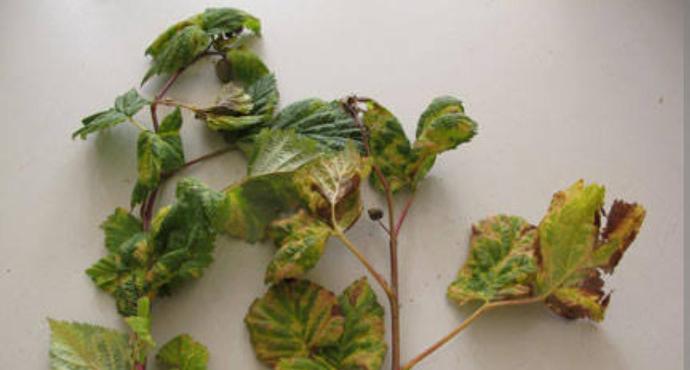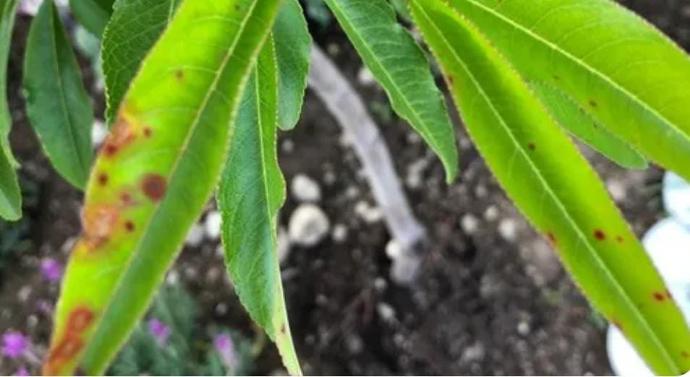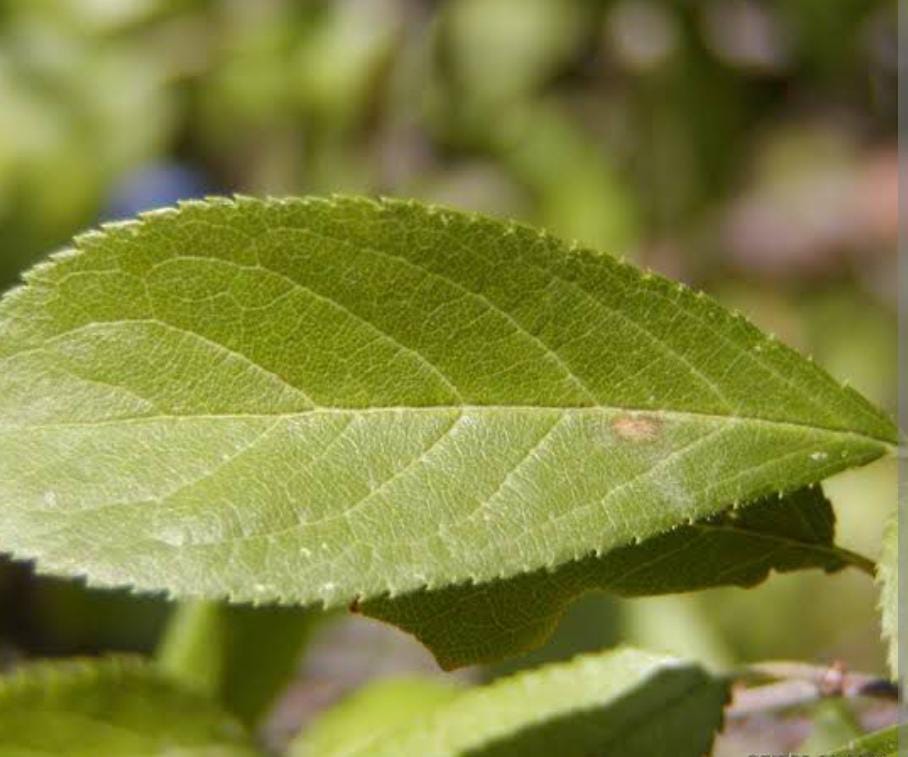Blackthorn Shrub/Tree
Blackthorn shrubs/trees, 10-15 feet tall in Zones 4-8, exhibit moderate growth in well-drained soil and full sun. Known for their small, dark plums, blackthorns are used in culinary applications.
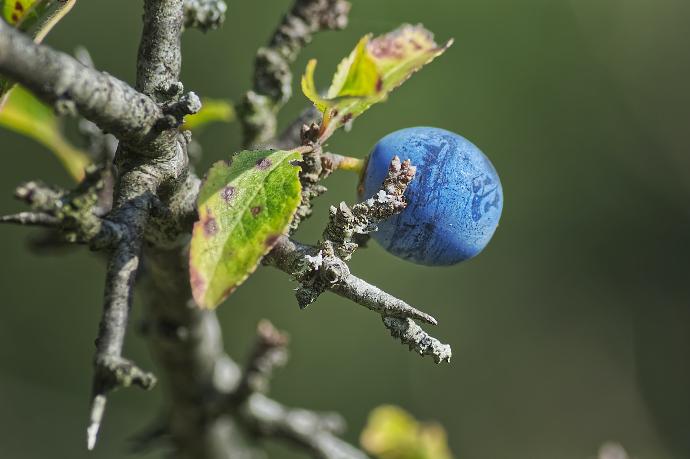
Habit
Shrub/Tree
Height
3-4 m
Growth
Moderate
Soil
Well-drained loamy
Shade
Full Sun
Moisture
Moderate
Edible
Yes
Medicinal
Yes
Origin
Europe, Asia
Climatic Condition
Temperate
Temperature (°)
10-25°C
Humidity (%)
60-70%
Potting media
Loam + Sand
Fertilizers
Balanced NPK (10:10:10)
Watering
Moderate watering
Plant Weight
300-500 g
Flowering Time
Spring to Summer
Soil Ph level
6.0-7.0
Water Ph level
6.5-7.0
Soil EC
1.0 dS/m
Yield Per Plant
19.5-21.7 kg per tree in its 6 th year of growth
NPK ratio
10:10:10
life Span
5-10 years
Health Benefits
Edible fruit, used in jam and liqueur
Suggested Grow Media or Potting Mix ?
50% loamy soil, 30% compost, 20% sand
Suggested Fertigation/Fertilizers
Fertilize every 2 months with a balanced fertilizer.
Common Diseases and Remedies
Brown spot, Shot hole disease
brown patches to appear on the plant., brown spots on the leaves which eventually dry up and fall away, leaving perforations in the leaf surface.
bourdeux mixture.
HEALTH BENEFITS
· Blackthorn berries (sloes) are rich in vitamin C and antioxidants.
· Used in herbal remedies for digestive issues and circulation support.
What Is An Blackthorn Tree ?
The blackthorn plant, also known as the primrose, is a deciduous shrub or small tree that is native to Europe, western Asia, and parts of Africa. It belongs to the Rosaceae family and is widely cultivated as an ornamental, and its fruits are used in the production of sloe he brandy and jam.

What Are The Different Types Of Blackthorn Plants?
1. Blackthorn
A typical wild species found in hedgerows and forests, known for its thick spiny branches and white flowers in early spring.
2. Cutleaf Blackthorn
This variety has deeply lobed leaves that give the shrub a decorative effect.
3. Hawthorn
This variety has white flowers that are especially attractive in spring.
4. Purple Leaf Blackthorn
This variety features deep purple leaves that create a striking contrast in the landscape.
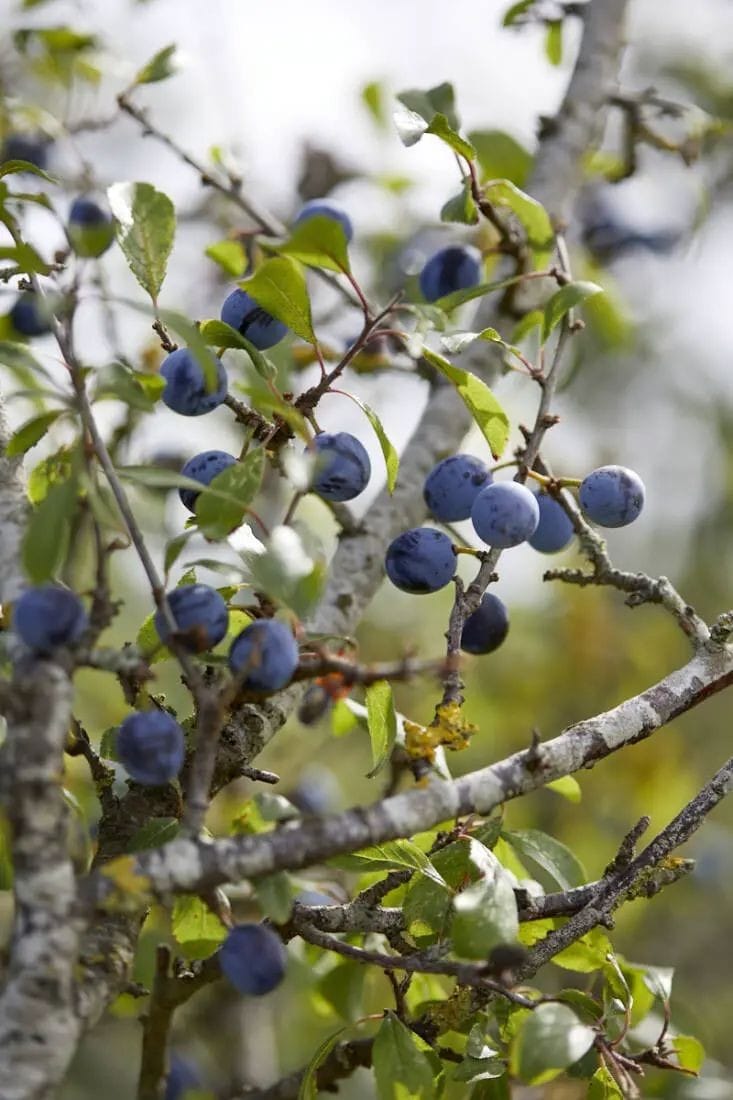
How to Care Blackthorn Trees ?
1. Location
Plant blackthorn in a sunny or partially shaded area with well-drained soil.
2. Sunshine
Blackthorn plants prefer full sun to partial shade for optimal growth and flowering.
3. Soil
Grows in well-drained, slightly acidic to neutral soils.
4. Hydration
Water newly planted blackthorn regularly to establish roots and to maintain moisture during dry periods.

5. Nourishment
Blackthorn usually does not require much additional fertilization when planted in fertile soil, but a balanced fertilizer can be applied in the spring if desired.
6. Issues
Watch for potential pests such as aphids, caterpillars, and diseases such as silver leaf blight and fire blight. Cut off dead or diseased branches immediately.
What are the Benefits of Blackthorn ?
Ornamental value: The blackthorn plant is prized for its early spring flowers and colourful foliage. Flowers provide nectar for pollinators and fruits attract birds. Fruit (slaw) can be used to make sloe schnapps, jams, jellies, and other preserved foods. Various parts of the blackthorn plant are used in traditional medicine for their potential health benefits.
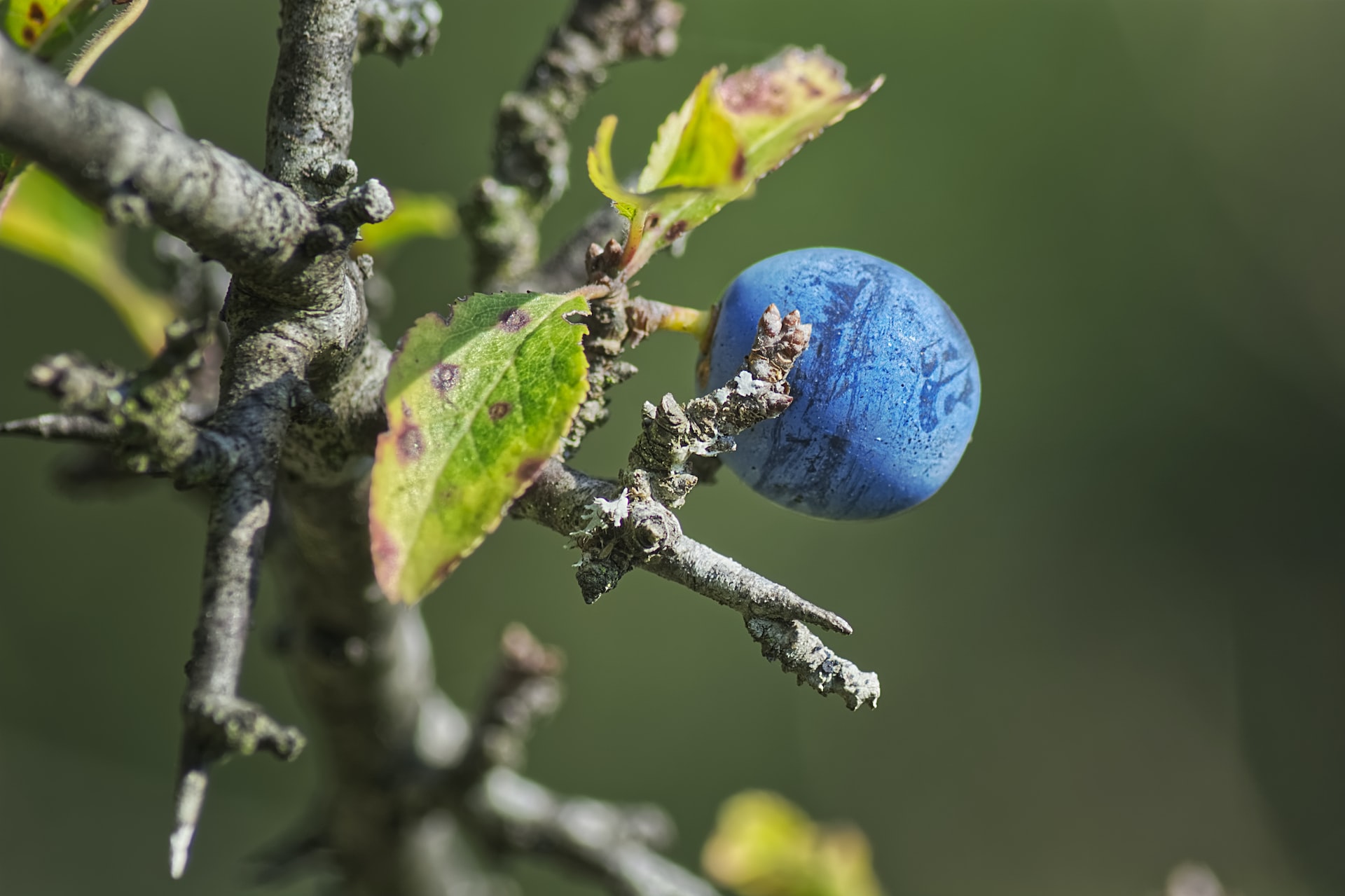
FAQs About Growing Blackthorn
1. When is the best time to plant blackthorn ?
Plant blackthorn in the fall or early spring when the plant is dormant.
2. How often should I prune my blackthorn plant ?
Prune your blackthorn plant after flowering to keep it in shape and remove dead or diseased branches.
3. Do blackthorn plants need support ?
Young slow plants can benefit from support to build a strong root system, but mature plants usually do not require support.
4. Is the blackthorn plant an invasive species ?
Blackthorn can be spread through seeds, but is generally not considered invasive in most areas. However, if left unmanaged in the wild, it can form dense thickets.
